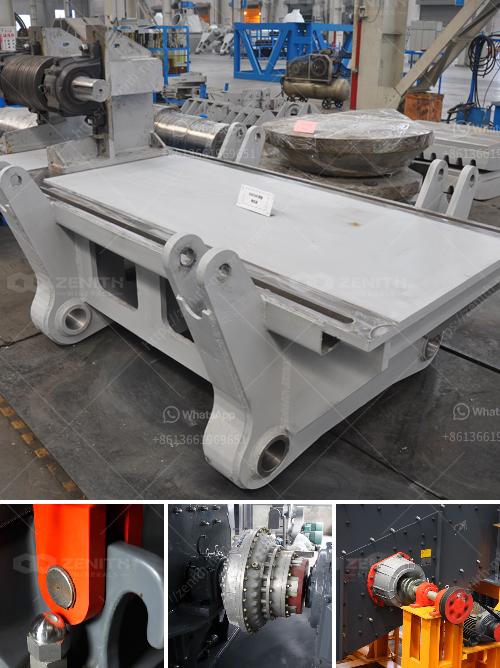A rock crusher works by using mechanical force to break down large rocks into smaller, more manageable pieces. Here’s a simplified explanation of how it generally works:
Feeding: Large rocks are fed into the crusher, typically through a feeding hopper. The size of the incoming material can vary depending on the crusher type and the size of the final product desired.
Crushing Mechanism:
Discharge: After the rocks are crushed to the desired size, they pass through an opening in the bottom of the crusher and are collected for further processing or use. The size of the discharge opening can be adjusted to control the size of the final product.
Screening: In some setups, the crushed material may be screened to separate finer particles from coarser ones. Screens are used to ensure uniformity in the size of the resulting product.
Conveying: Conveyors often transport the crushed material away from the crusher for storage or further processing.
Different crushers are chosen based on rock type, desired final size, and other specific needs of the operation. Safety measures and regular maintenance are also crucial to ensure the efficient and safe operation of rock crushers.

